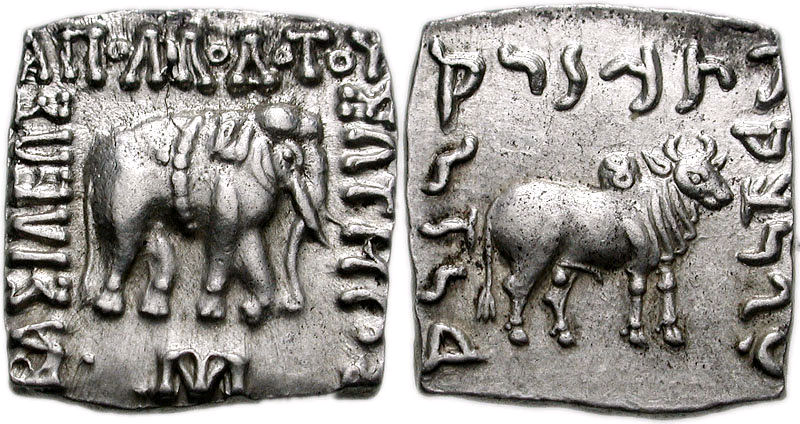Nandipada on:
[Wikipedia]
[Google]
[Amazon]

 The ''Nandipada'' ("foot of
The ''Nandipada'' ("foot of
Doris Srinivasan, BRILL, 1997, p.224 The Nandipada symbol also happens to be similar to theCNG Coins notice
/ref>
 The ''Nandipada'' ("foot of
The ''Nandipada'' ("foot of Nandi
Nandi may refer to:
People
* Nandy (surname), Indian surname
* Nandi (mother of Shaka) (1760–1827), daughter of Bhebe of the Langeni tribe
* Onandi Lowe (born 1974), Jamaican footballer nicknamed Nandi
* Nandi Bushell (born 2010), South Afric ...
") is an ancient Indian symbol, also called a taurine
Taurine (), or 2-aminoethanesulfonic acid, is an organic compound that is widely distributed in animal tissues. It is a major constituent of bile and can be found in the large intestine, and accounts for up to 0.1% of total human body weight. I ...
symbol, representing a bull's hoof
The hoof (plural: hooves) is the tip of a toe of an ungulate mammal, which is covered and strengthened with a thick and horny keratin covering. Artiodactyls are even-toed ungulates, species whose feet have an even number of digits, yet the rum ...
or the mark left by the foot of a bull in the ground. The nandipada and the zebu bull are generally associated with Nandi
Nandi may refer to:
People
* Nandy (surname), Indian surname
* Nandi (mother of Shaka) (1760–1827), daughter of Bhebe of the Langeni tribe
* Onandi Lowe (born 1974), Jamaican footballer nicknamed Nandi
* Nandi Bushell (born 2010), South Afric ...
, Shiva
Shiva (; sa, शिव, lit=The Auspicious One, Śiva ), also known as Mahadeva (; Help:IPA/Sanskrit, ɐɦaːd̪eːʋɐ, or Hara, is one of the Hindu deities, principal deities of Hinduism. He is the Supreme Being in Shaivism, one o ...
's humped bull in Hinduism
Hinduism () is an Indian religion or '' dharma'', a religious and universal order or way of life by which followers abide. As a religion, it is the world's third-largest, with over 1.2–1.35 billion followers, or 15–16% of the global p ...
.Many Heads, Arms, and Eyes: Origin, Meaning, and Form of Multiplicity in Indian ArtDoris Srinivasan, BRILL, 1997, p.224 The Nandipada symbol also happens to be similar to the
Brahmi
Brahmi (; ; ISO: ''Brāhmī'') is a writing system of ancient South Asia. "Until the late nineteenth century, the script of the Aśokan (non-Kharosthi) inscriptions and its immediate derivatives was referred to by various names such as 'lath' o ...
letter "ma".
The Nandipada appears on numerous ancient Indian coins, such as coins from Taxila
Taxila or Takshashila (; sa, तक्षशिला; pi, ; , ; , ) is a city in Punjab, Pakistan. Located in the Taxila Tehsil of Rawalpindi District, it lies approximately northwest of the Islamabad–Rawalpindi metropolitan area a ...
dating to the 2nd century BCE. The symbol also appears on the zebu
The zebu (; ''Bos indicus'' or ''Bos taurus indicus''), sometimes known in the plural as indicine cattle or humped cattle, is a species or subspecies of domestic cattle originating in the Indian sub-continent. Zebu are characterised by a fatty h ...
bull on the reverse if often shown with a Nandipada taurine mark on its hump on the less worn coins, which reinforces the role of the animal as a symbol, religious or geographic, rather than just the depiction of an animal for decorative purposes. The same association was made later on coins of Zeionises
Zeionises (Greek: , (epigraphic); Kharosthi: , , , ;) was an Indo-Scythian satrap.
Name
Zeionises's name appears on his coins in the Greek form () and the Kharosthi form (), and on a silver vase from Taxila in the Kharosthi form (), whic ...
or Vima Kadphises.Monnaies Greco-Bactriennes et Indo-Grecques, Bopearachchi, p.189
The Nandipada symbol saw later evolution, especially with branches becoming more decorated. It is sometimes associated or confused with the Buddhist
Buddhism ( , ), also known as Buddha Dharma and Dharmavinaya (), is an Indian religion or philosophical tradition based on teachings attributed to the Buddha. It originated in northern India as a -movement in the 5th century BCE, and ...
Triratna
The Triratna ( pi, or ; sa, or ) is a Buddhist symbol, thought to visually represent the Three Jewels of Buddhism (the Buddha, the Dhamma, the Sangha).
Symbol
The Triratna symbol is composed of:
* A lotus flower within a circle.
* A di ...
symbol. The term is also often used in numismatics
Numismatics is the study or collection of currency, including coins, tokens, paper money, medals and related objects.
Specialists, known as numismatists, are often characterized as students or collectors of coins, but the discipline also inc ...
./ref>
References
{{reflist Hindu symbols Hindu legendary creatures Hindu gods Mythological bulls Hinduism and cattle Shaivism